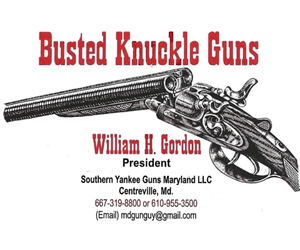StickShaker
Active Member
I had a chance to check out some loads yesterday at the Dottrio event. First time shooting at an indoor range and Heritage Training Center has likely spoiled me for life. The complex looks like something that Trump would build. 
Not sure what's going on with my Security Six but it seems to be super picky about ammo. It's basically still a new gun with probably less than 500 rounds through it since 1975. I have never slugged the barrel and I'm starting to think it may be slightly oversize.
All of the shots are at 50ft with my wrists supported on a pad. Shot slightly over 100 rounds with 5 different bullets and a couple of different loads and powders. Basically everything sucked with bad groups and unexplained flyers except for the factory Remington HBWC's. I was kinda happy with my hand loaded Hornady HBWC's but I think they could be better.
Pics to follow...

Not sure what's going on with my Security Six but it seems to be super picky about ammo. It's basically still a new gun with probably less than 500 rounds through it since 1975. I have never slugged the barrel and I'm starting to think it may be slightly oversize.
All of the shots are at 50ft with my wrists supported on a pad. Shot slightly over 100 rounds with 5 different bullets and a couple of different loads and powders. Basically everything sucked with bad groups and unexplained flyers except for the factory Remington HBWC's. I was kinda happy with my hand loaded Hornady HBWC's but I think they could be better.
Pics to follow...









